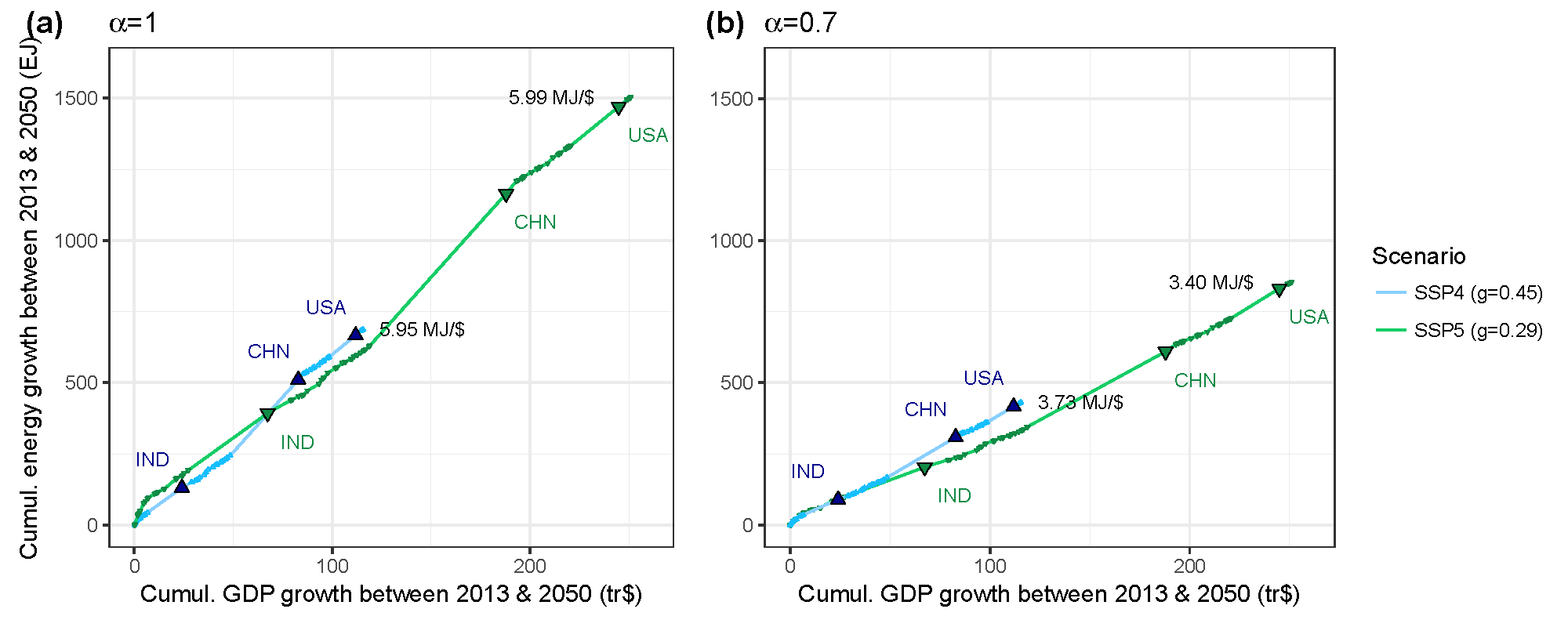By Narasimha Rao, Project Leader of the Decent Living Energy (DLE) Project, IIASA Energy Program
Is there a conflict between reducing global income inequality and combating climate change? This seems like an odd question, given that these challenges have a lot in common. Raising the living standard of the poor for example, makes them resilient to climate impacts; less inequality can mean more political mobilization to establish climate policies; and changes in social norms away from material accumulation can reduce inequality and emissions. Academics have however been curious about the following phenomenon: In many countries, a dollar spent at higher income levels is less energy intensive than at lower income levels (known as “income elasticity of energy”). That is, rich people – although they consume much more in total – spend additional income on services or can afford energy-efficient goods, while the new middle class buy energy-intensive goods, like appliances and cars.
Many imagine China as a template for this type of fast growth. If globally significant, this effect would imply that growth that is more equitable would also be more emissions-intensive, and that we would have to pay particular attention to ensuring that climate policies reach the rising middle class in developing countries. While several studies have examined this phenomenon in specific countries, no one has examined its global significance. We set out to do that.

Energy intensity (MJ per $) lower in a high-growth, low inequality world (green line, Gini=0.29) compared to a low-growth, high inequality world (blue line, Gini=0.45). Gini reflects between-country inequality only.
Our analysis suggests that the energy-increasing effect of lowering inequality is more of a distraction than a concern. We compared scenarios of equitable and inequitable income growth, both within and between countries, assuming the most extreme manifestation of the income elasticity. Within any country, given the slow pace at which inequality typically evolves even with the most extreme known income elasticity and reduction in country inequality, greenhouse gas emissions would increase by less than 8% over a couple of decades. However, when one considers a more equitable distribution of growth between countries, global emissions growth may decrease when compared to growth that occurs in industrialized countries. This is because poorer countries have more potential for technological advancements that reduce the energy intensity of growth than richer countries do. That is, more income growth in poorer countries provides more opportunity for efficiency improvements that influence the emissions of very large populations. Furthermore, China is a poor model for poor countries at large, many of which have relatively low energy intensities, even today.
Climate stabilization at the level aspired to by the Paris Climate Agreement requires that we (i.e. the world) decarbonize to zero annual emissions around 2050, which means that even developing countries have to make aggressive strides towards integrating climate goals into development. Nevertheless, there is no sufficient basis for considering that equitable growth, and by implication the poor’s energy intensity, is part of the problem. To the contrary, the potential for co-benefits from equitable growth for climate change are enormous, but unfortunately under-explored, particularly in quantitative studies. Research should focus on quantifying the role of changing social norms – less consumerism, political mobilization, and other social changes that are typically associated with lower inequality – on reducing greenhouse gases.
Reference:
Rao, ND, Min J. Less global inequality can improve climate outcomes. Wiley Interdisciplinary Reviews: Climate Change. 2018;e513. https://doi.org/10.1002/wcc.513
Note: This article gives the views of the author, and not the position of the Nexus blog, nor of the International Institute for Applied Systems Analysis.

Is there a citable peer-reviewed publication providing evidence for this claim?
I’d really like to see it.
A reference to the paper that the blog post is based on has been added. Unfortunately this paper is not available yet. It will be published next week after which you should be able to access it by clicking on the link provided.